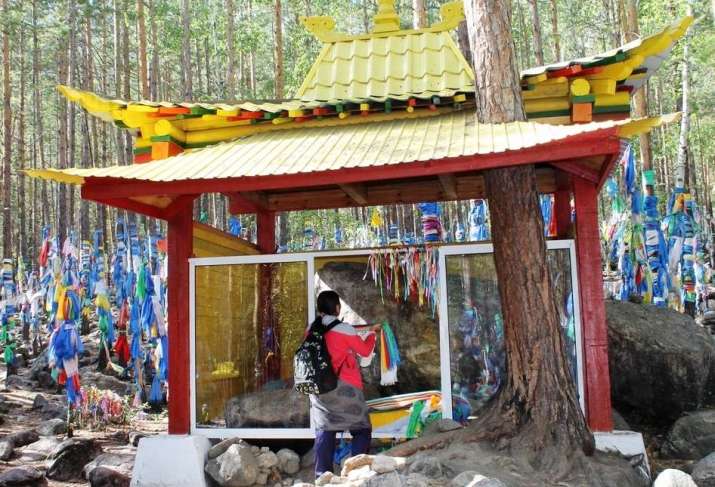
The name of the goddess Sarasvati can be found in the Vedic hymns of India. In these ancient texts, she is worshiped as the divine power of ritual chants and sacrificial fire, who facilitates communication with the gods. In the Brahmanas she is identified with the flow of speech and in the Devi Bhagavata Purana she appears as the wife of the god Vishnu, the supreme protector of the universe. In Buddhism, she is a goddess of knowledge, education, music, poetry, and culture. As a consort of Manjushri, the bodhisattva of wisdom, Sarasvati complements his function as a source of wisdom.
In Tibet, Sarasvati is known as Yangchen Lhamo or Yangchenma, the goddess of melody and song. Her Tibetan name became popular in different regions where Tibetan Buddhism spread, including Russia. The Buryat people pronounce her Tibetan name as Yanzhima and this is how she became popular in the region. In Buryatia, she is known as a mother goddess who can help people gain the greatest gift, that of having children, and who can also bless marriages and protect families. Whoever wants to beseech Yanzhima for a child needs to bring a toy as an offering. If a successful marriage is sought, then some jewelry serves as an offering. In any case, what matters most are sincere prayers.
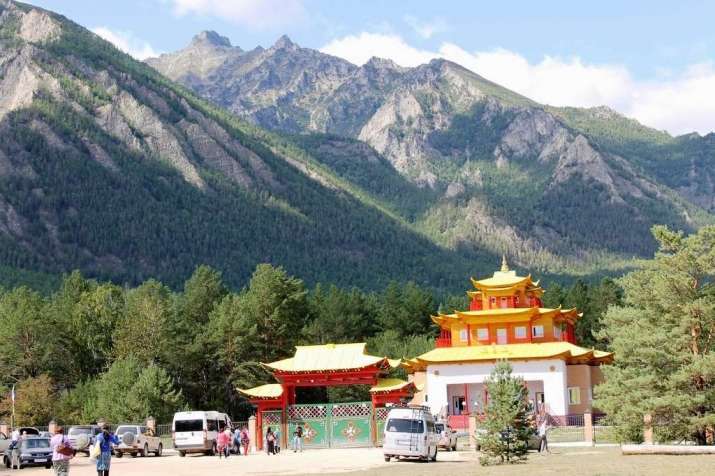
In the last 15 years, a stone bearing a self-manifested image of Yanzhima has become one of the most popular pilgrimage destinations in Buryatia. The sacred stone is located near the village of Yarikto, in the Barguzin Valley, one of the largest and most beautiful valleys in Buryatia, stretching 230 kilometers through the northeast of the republic. The name of the valley originates from the local word bargut, which means “wilderness,” and was also the name of a Mongolian tribe that used to inhabit the valley. It is a sacred place for people who follow both Buddhism and shamanism. One of the most important Buddhist shrines in the valley is Barguzin (Barguzinsky) Datsan, located near the stone of Yanzhima and strongly related to its story.
The history of Barguzin Datsan began in 1818, when a dugan (a small wooden or stone temple) was built south of the village of Khilgan in Barguzinsky District. In 1828, the actual datsan (monastery) was erected. In 1858 (or 1861), it was transferred to Sagan-Nur, a rural locality in Mukhorshibirsky District. In the 1930s, the datsan was destroyed by the Bolsheviks* and its Buddhist relics were hidden in the mountains of Barguzin Ridge. In 1990, a collection of donations for the construction of a new datsan was started, and in 2005–06, Barguzin Datsan was rebuilt near the village of Yarikto.
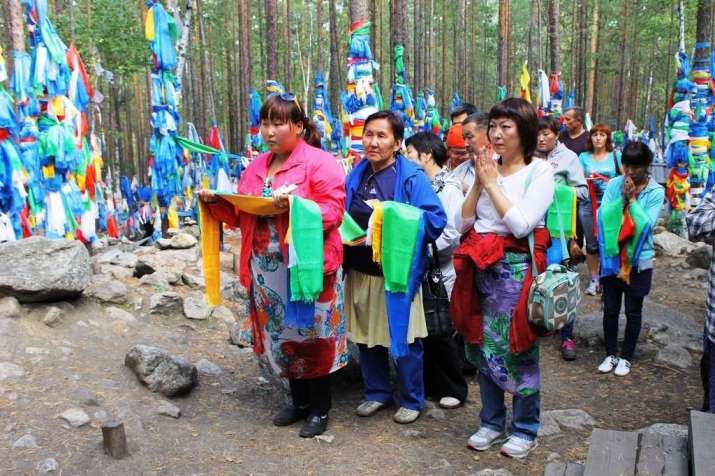
Selecting a site for the new Barguzin Datsan was related to the revelation of the image of Sarasvati on the stone and also with another legendary discovery. In 1996, a local man was preparing firewood and came across a casket cpncealed beneath a rock. Opening the casket, he found a stupa with the image of a thousand Buddhas. The man became scared, resealed the casket and left it in its place. Most likely this was a relic from the old Barguzin Datsan, destroyed by the Bolsheviks. It is believed that before the destruction of the monastery, the lamas were able to hide a number of ritual objects intheBarguzin Mountains. There is also a theory that the legendary abbot of the datsan, Tsyden Sodoev (1846–1916) hid the stupa in the 19th century. Tsyden Sodoev, known in the region as Soodoi Lama, became famous for his ability to predict the future. From 1881–86, he was educated at Drepung Monastery in Lhasa, and in 1894 became abbot of Barguzin Datsan. It is believed that the Buryat lama was a reincarnation of the Indian philosopher Nagarjuna, founder of Madhyamaka School of Mahayana Buddhism. The goddess of knowledge, Yanzhima, was the main meditational deity (Tib: yidam) of Soodoi Lama.
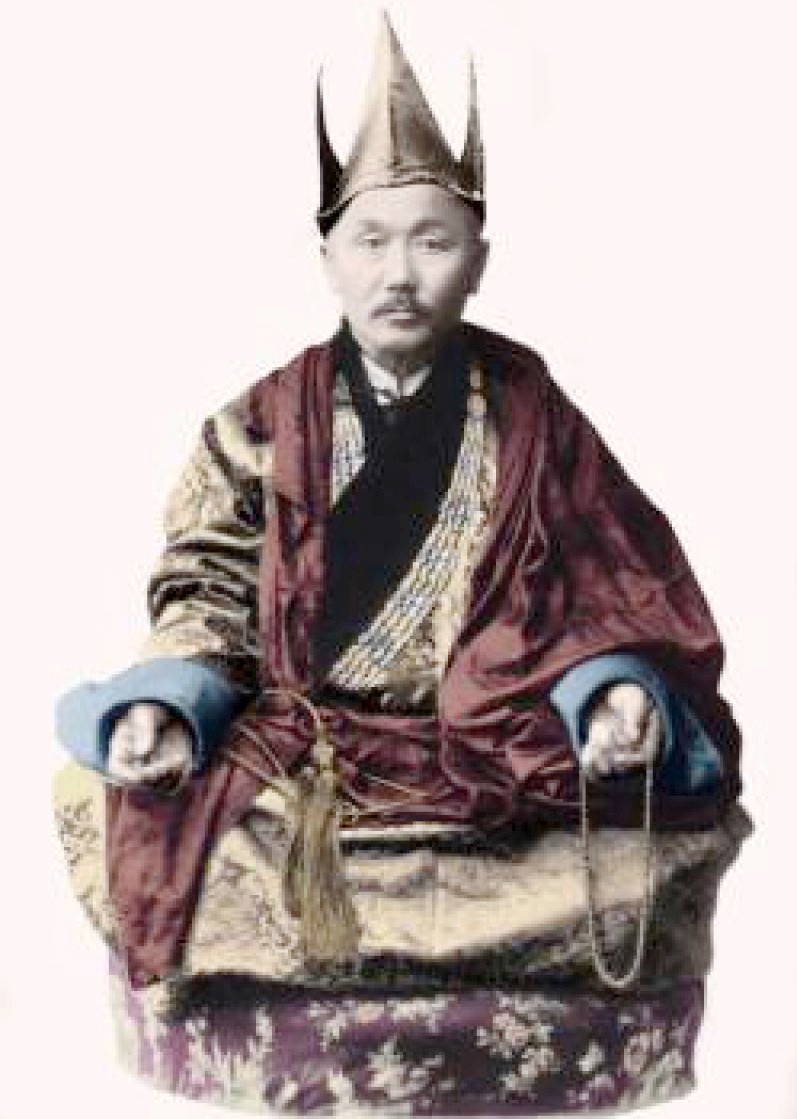
In 2005, the spiritual leader of the Russian Federation’s Buddhists and the most senior lama in Buryatia, the 24th Pandito Khambo Lama Damba Badmayevich Ayusheev, learned of the discovery of the casket after he and a delegation of lamas visited Barguzinsky District to find a site for the new monastery. They also decided to search for the relic. At first they were unable to find any trace, but after deep meditation and recitation of the heart mantra of the 12th Pandito Khambo Lama Dasha-Dorzho Itigilov (1852–1927), Damba Ayusheev saw an image of Yanzhima in a dancing pose on a stone 10–20 meters in front of him. There, not far from the sacred Uulzaha Mountain of the Barguzin Ridge, the delegation came upon the hidden relics. They decided that this would be an auspicious spot for the new Barguzin Datsan. The monastery was consecrated on 29 May 2006 in the presence of lamas from many countries and more than 5,000 pilgrims. Yanzhima became the patron deity of the new monastery and each spring a solemn prayer service is held at her sacred place, “The Image of Yanzhima.”
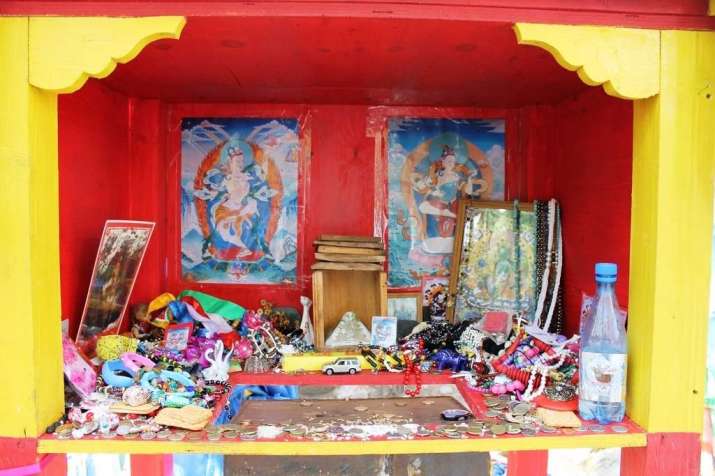
According to articles published in Buryat media, many people who have visited the sacred place claim that Yanzhima helped them to conceive a child, despite contrary medical diagnoses. Others say that touching the stone of the goddess healed their soul, helped them to clear their minds, gain strength, and overcome various difficulties. For this reason, many people travel from across the republic and from abroad to pay homage at the shrine.
The most mystical characteristic of this place is that in fact that the image of the goddess is not revealed to everyone. Some are able to see a dancing female figure, others see a woman with a child, while others, burdened with sins, sees only dark spots on the surface of the stone. This is not surprising, perhaps, since divine images are in principle seen not with the eyes, but with the heart or mind.

* Members of a wing of the Russian Social-Democratic Workers’ Party, which, led by the Russian communist politician Vladimir Lenin (1870–1924), seized control of the government in Russia in October 1917 and became the dominant political power.
See more
Сакральный камень Янжимы у подножия Баргузинского хребта – недавно обретенная святыня
Сакральный камень Янжимы у подножия Баргузинского хребта – недавно обретенная святыня
Кому помогает богиня Янжима?


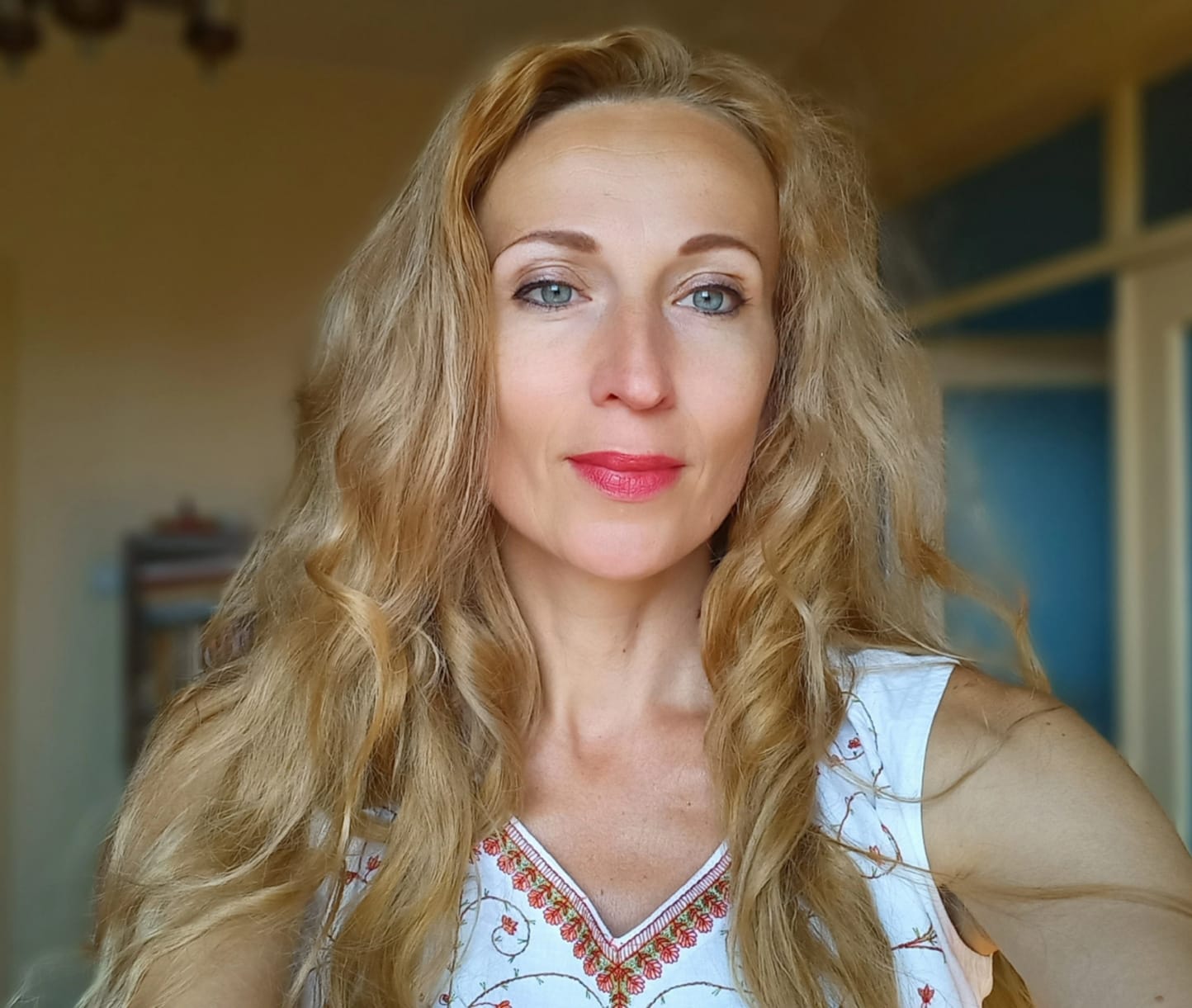





[…] Source: https://www.buddhistdoor.net/features/the-mystical-image-of-sarasvati-in-buryatia/ […]